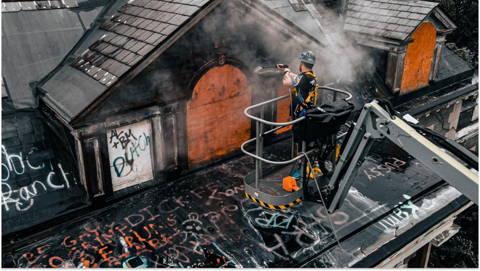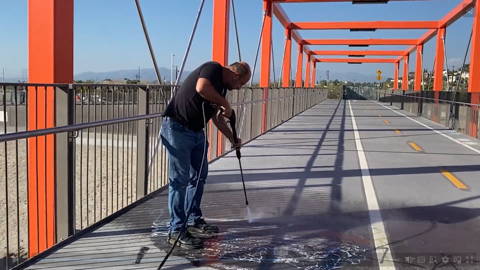Bare Brick Stone & Masonry Graffiti Remover
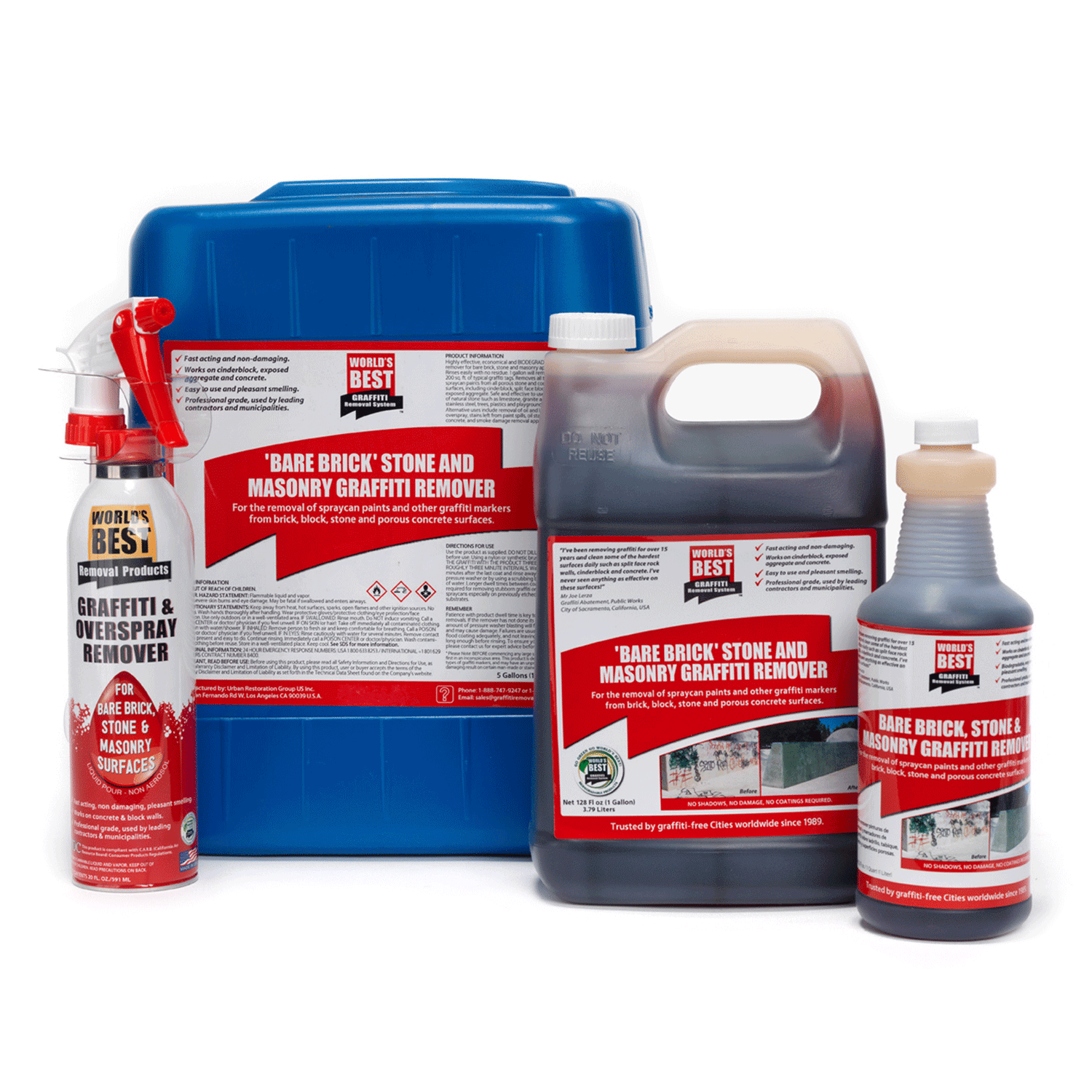
Bare Brick Stone & Masonry Graffiti Remover
Item No.
WB0015
WB0012
WB0010
WB0011
Size
20 oz. Can
1 Quart
1 Gallon
5 Gal
-
Product Demo
-
Product Description
-
Product Instructions
Previous Projects
Large-Scale Graffiti Removal
S&N Pressure Washing completed a 30,000 sq ft graffiti removal project in
downtown Los Angeles.
Bare
Brick, Stone & Masonry Remover
(BBSM)
is a highly effective, economical and biodegradable
remover for all types of spray can paints, oil/
latex/
water based paint over spray, paint spill stains,
grease, grime, smoke, and oil stains, as well as
other
marks on porous brick, stone and concrete surfaces
including cinder block, split face block, and
exposed
aggregate.
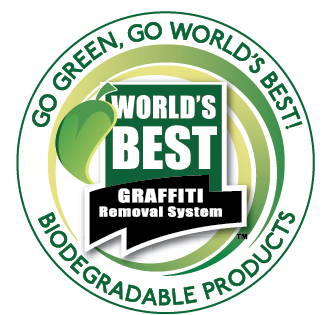
Features & Benefits
- Easily rinsed with a small pressure washer requiring very little rinsing water. Any resultant run-off is a readily biodegradable gray water soap that can be left to biodegrade, recycled or further diluted for use in gardens, etc.
- No shadows, no damage, no harsh scrubbing required.
- Pleasant smelling and nontoxic.
- Safe and effective to use on all types of natural stone (such as limestone, granite, and marble), stainless steel, trees, plastics, and playground equipment.
- It may be used on painted surfaces as well as natural building surfaces after the first wetting surface with water.
Slide
to view the removal &
restoration
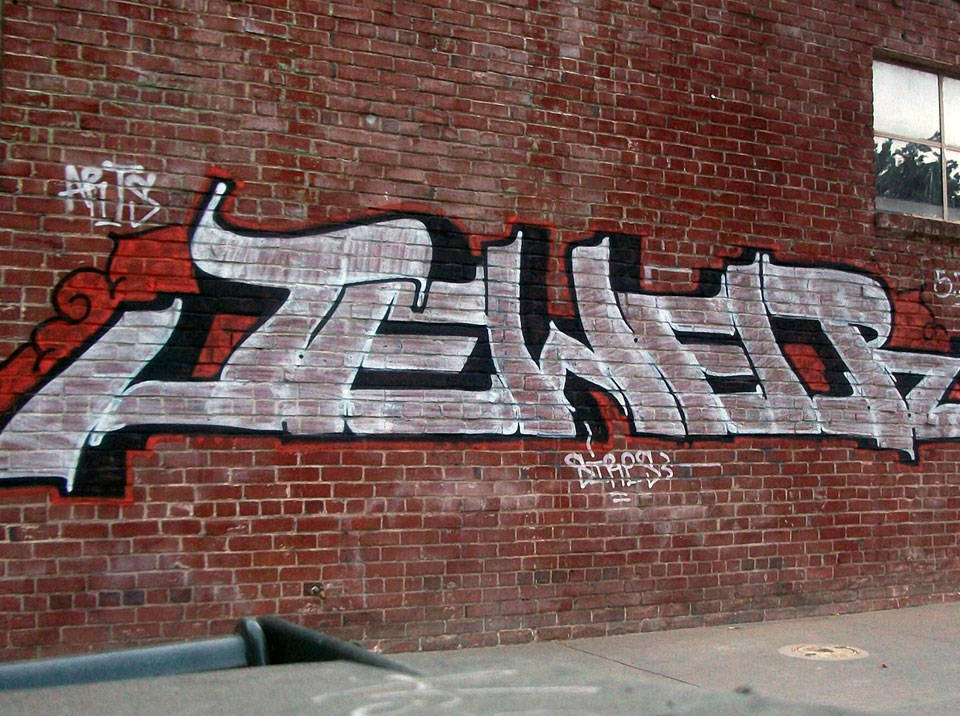


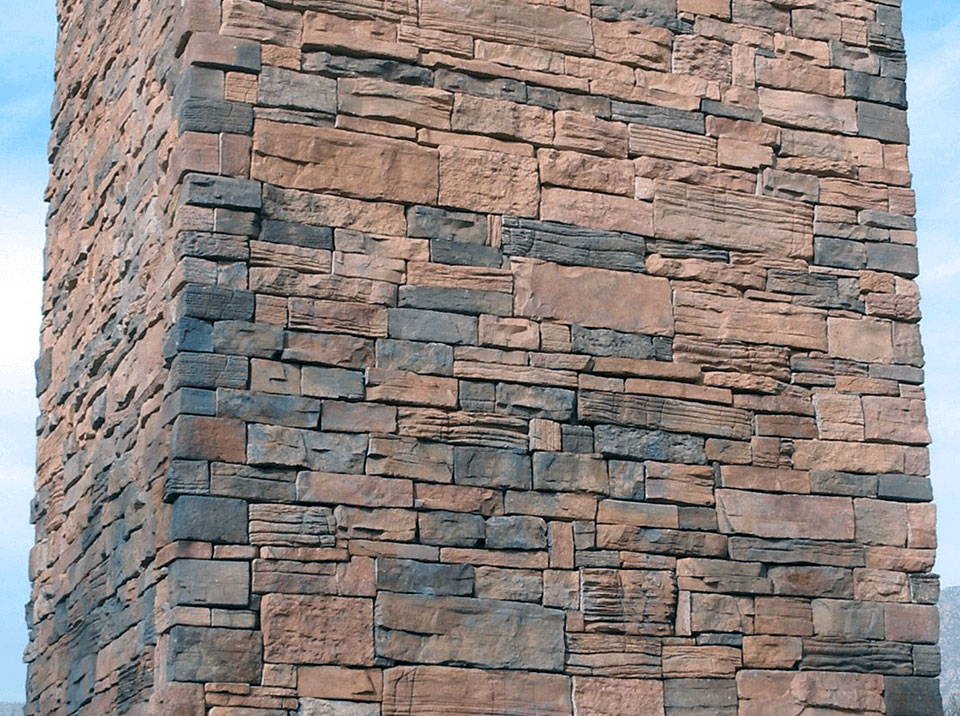
BBSM
is applied to the surface with a nylon
brush,
broom
or pump-up sprayer,
3 times at 3 minute intervals, liberally flooding
the
graffiti with the product. For typical graffiti,
approximately three minutes after the final
application,
pressure washer (hot water is
best).
If one is not available then a stiff, nylon brush and bucket of water may suffice. Agitation, as you apply this product, can be of great assistance.
Continued experience with the product will enable the user to judge how many applications are necessary for varying surfaces and particular spray cans. On older/thicker graffiti, patience is the key. Keep the graffiti wet with the product, as long as possible before rinsing.
Remember, a pressure washer in this instance is used as a quick release rinse of the dissolved graffiti, and not the primary means of cleaning.
Ideally use 1500 - 2000 psi with a 15º or 25º fan jet at about 6 inches from the surface. When rinsing dissolved graffiti with a pressure washer try to remove a LITTLE of the graffiti from the bottom of the tag without wetting the whole area. If satisfied, then proceed to full scale.
Wash the whole area from top to bottom.
Remember if the remover has not done its job then no amount of 'blasting' will fix the problem. Failures are usually a result of not flood coating adequately and not leaving product on long enough and cannot be resolved by blasting too close or at higher pressures. Do not use 'turbo' type nozzles, or blast too close, as you may cause damage and will possibly only remove a small percentage more.
Coverage Guidelines
1
gallon of BBSM will remove approximately:
- 200 sq ft of typical graffiti on concrete, brick, block or masonry surfaces.
- 80 sq ft on sandstone, limestone and other soft absorbent surfaces (per 3 flood coat application).
- up to 1000 sq ft per gallon on painted/coated surfaces.
Exact coverage varies depending on type of stain and the porosity of surface material.

 Download
Technical Data Sheet
Download
Technical Data Sheet